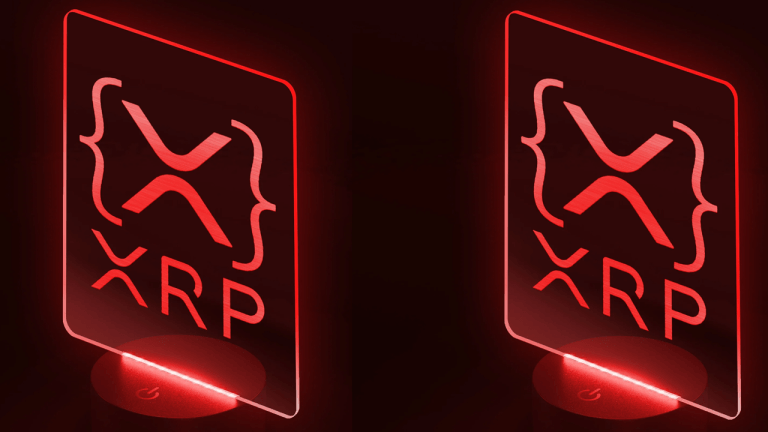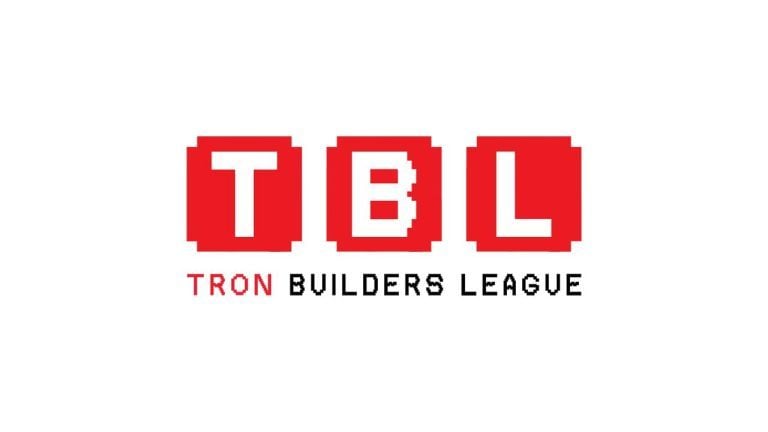
Challenges Web3 developers encounter when using chatbots like ChatGPT

So, if you still haven’t jumped on the chatbot bandwagon, it could be high time you consider exploring the possibilities.
Chatbots have become all the rage for businesses of all sizes and industries as they offer a cost-effective and efficient way to improve customer experience and streamline operations.
Did you know the chatbot market was worth around $435.2 million in 2018? Experts predict that the chatbot market will reach $2.3 billion by 2025. That’s a compound annual growth rate (CAGR) of 26.9% over the forecast period. It’s astonishing to see how quickly the chatbot market is growing.
It’s no wonder that chatbots are increasingly used in e-commerce, banking, finance, healthcare and customer service. Its usage has helped businesses save over $8 billion annually in e-commerce and reduced customer service costs by up to 30%.
So, if you still haven’t jumped on the chatbot bandwagon, it could be high time you consider exploring the possibilities.
Real challenges while engaging with Chatbots like ChatGPT
Chatbots like ChatGPT play a dynamic role in the Web3 space (which has a constant distributed data computing demand). In that context, it is crucial to understand the value of using an AI language model to enhance and streamline Web3 development operations.
However, without a predefined Web3 training model, ChatGPT would face some significant challenges. For instance, consider a scenario where a Web3 developer gives ChatGPT a prompt that requires a complex text-to-SQL translation.
Challenge 1: Lack of training models
ChatGPT is not well-versed in the developer’s project database and cannot map the NQL logic to SQL response. It provides an inaccurate SQL response to the Web3 developer’s prompt. This happens because it does not know about the schema cadence and primary and foreign keys of the developer’s project database.
There are two predominant datasets involved in the NQL-to-SQL translation. One is WikiSQL (a large annotated corpus for building language interfaces) and the other is Spider (a large-scale annotated semantic parsing and text-to-SQL dataset).
Join the community where you can transform the future. Cointelegraph Innovation Circle brings blockchain technology leaders together to connect, collaborate and publish. Apply today
Now a chatbot like ChatGPT should comprehend the underlying database schema cadence and get accustomed to the new schemas. Currently, to achieve this a Web3 developer enters the entire database in prompts to train ChatGPT. Training data models through prompts require a certain number of tokens, resulting in huge query processing cost for ChatGPT.
Challenge 2: High cost for processing queries
Another significant challenge is the cost calculation of ChatGPT’s latest version GPT 4. For every 3-4 words a developer enters in his text query in return for SQL, ChatGPT charges a token.
So, considering the size of a complete Web3 project database, it might cost more than 1,000 tokens (it can also go up to 8,192-32,768 tokens) for one fully functional application development.
As stated by the co-founder of Mobula, (crypto-aggregator) Julian, ChatGPT is a revolutionizing tool to innovate in Web3. However, it lacks the technical potential to build and grow a specific Web3 project.
Potential steps to mitigate these challenges
Building huge language models that have already been trained and can convert text to SQL is something that AI developers should pay close attention to.
Pragmatically speaking, building pre-trained models remains a significant step in chatbot invention. Instead, for the chatbots to evolve on their own, we will have to teach them to use the project database and business intelligence (BI). This training will make it easier for chatbots to understand the database schema cadence and speed up the creation of Web3 code.
A chatbot like ChatGPT can reduce the cost per token if it is tailored and linked to the database structure, primary key, foreign key and schema cadence of a Web3 project.
Avoid entering the database and schema codes repeatedly and paying a token per three to four words. Instead, use aggregated token cost to fund a one-time chatbot training for Web3 development.
Endnote
Chatbots like ChatGPT are surfacing as an integral platform for dApp development with evolving Web3 technology. However, developers do face some ground obstacles when integrating chatbots into these systems.
We can showcase the model’s capacity to recognize and produce appropriate Web3 and dApp code patterns by upgrading the ChatGPT architecture. It also supports multilingual programming languages for dApp development.
Thus, by solving the pragmatic issues of ChatGPT, we can build seamless and adaptive generative AI models that offer new potential for future dApp and Web3 advancements.
Vinita Rathi is the Founder and Chief Executive Officer of Systango, specialising in Web3, Data and Blockchain.
This article was published through Cointelegraph Innovation Circle, a vetted organization of senior executives and experts in the blockchain technology industry who are building the future through the power of connections, collaboration and thought leadership. Opinions expressed do not necessarily reflect those of Cointelegraph.
Learn more about Cointelegraph Innovation Circle and see if you qualify to join
Go to Source
Author: Vinita Rathi








